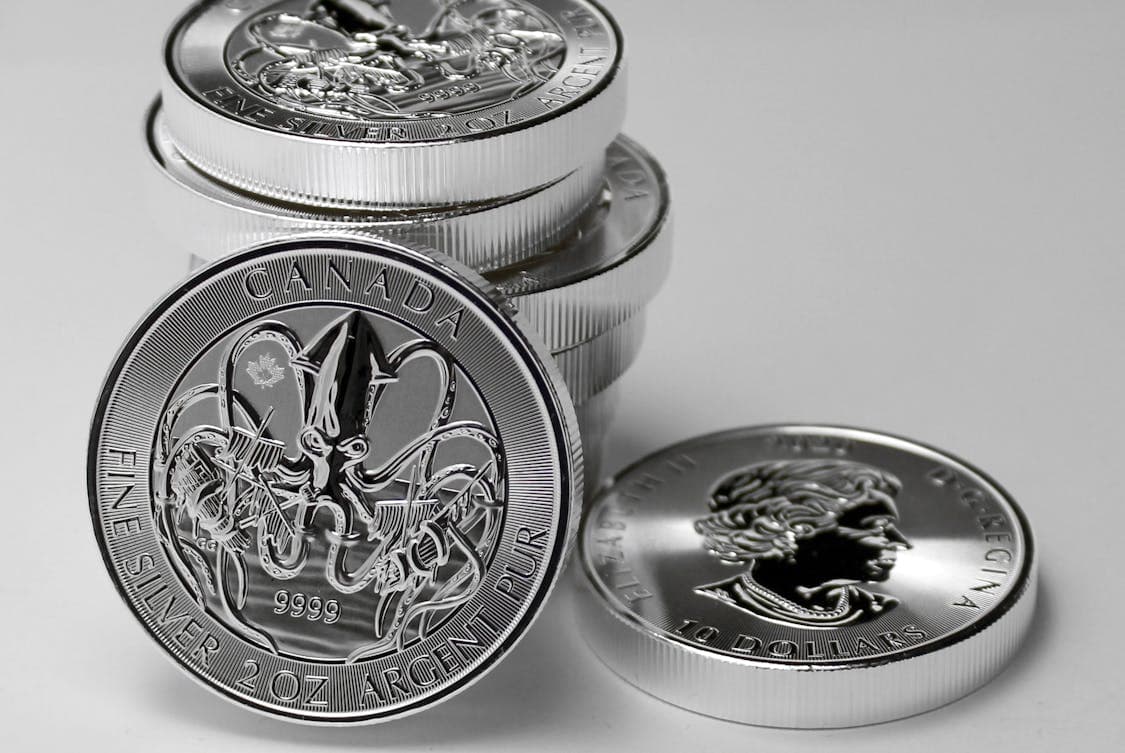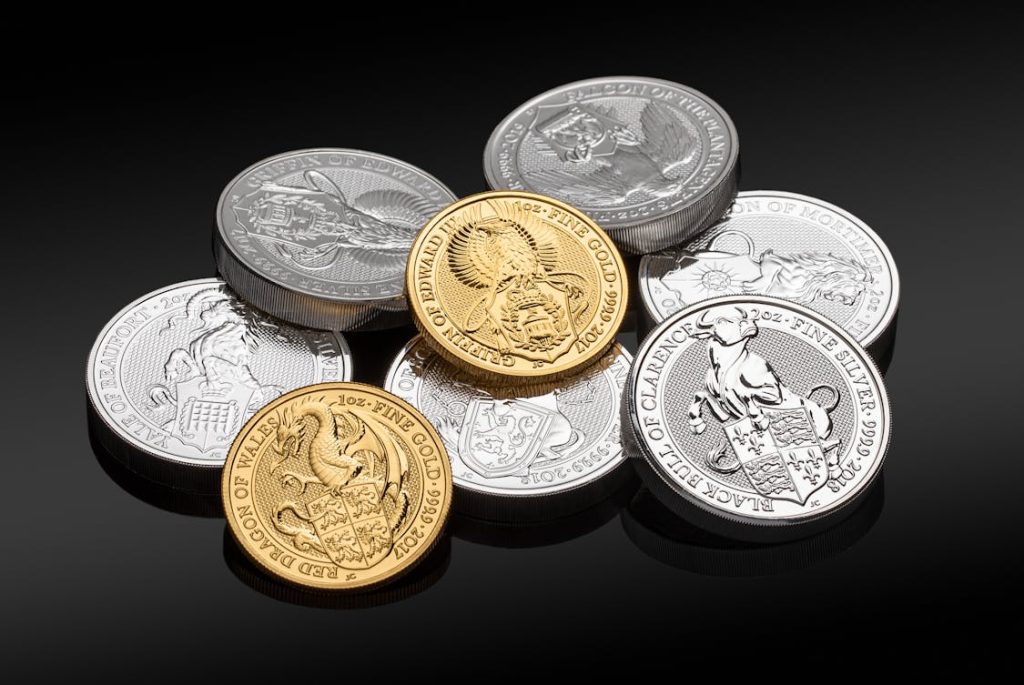In the realm of investments, precious metals like gold, silver, platinum, and palladium hold a special place.
Historically regarded as a safe haven, these assets often serve as a hedge against inflation and currency fluctuations. With their intrinsic value, they can be appealing to investors looking to diversify their portfolios.
Understanding the basics of buying and selling these metals can provide insight into how to navigate this market effectively. Whether you’re a newcomer or someone with some experience, grasping the fundamentals can pave the way for making informed decisions.
Types of Precious Metals
Gold
Gold is perhaps the most recognized precious metal, often seen as a symbol of wealth and stability. Its value has remained relatively high, making it a popular choice for investors. Gold can be purchased in various forms, including coins, bars, and jewelry.
Silver
Silver is more affordable than gold, making it accessible to a wider range of investors. Like gold, it can be acquired in different formats, including coins and rounds. Its industrial applications also contribute to its demand, adding another layer of complexity to its value.
Platinum and Palladium
Platinum and palladium are rarer than gold and silver, often used in automotive catalytic converters and various industrial processes. Their prices can be volatile, influenced by market demand and supply factors.
Why Invest in Precious Metals?
Safety and Security
One of the most compelling reasons to invest in precious metals is their capacity to act as a safety net during economic uncertainty. When traditional markets falter, many investors turn to these metals for stability.
Inflation Hedge
Precious metals have historically held their value over time, making them an effective hedge against inflation. When the purchasing power of fiat currency decreases, the value of these metals often rises, preserving wealth.
Understanding Market Dynamics
Supply and Demand
The prices of precious metals are primarily driven by supply and demand dynamics. High demand paired with limited supply can lead to price increases. Keeping an eye on market trends can help investors make timely decisions.
Economic Indicators
Economic factors like interest rates, inflation rates, and geopolitical tensions can significantly impact precious metal prices. For instance, a rise in inflation might lead investors to flock toward gold as a protective measure.
Where to Buy Precious Metals
Online Dealers
The internet is a treasure trove of options for buying precious metals. Numerous online dealers offer competitive prices and a broad range of products. Researching reviews and checking ratings can help you choose a reliable dealer.
If you’re looking for a reputable place to start, many buyers trust Money Metals Exchange for its transparent pricing and wide selection of precious metals.
Local Coin Shops
If you prefer a hands-on approach, local coin shops can be an excellent option. They allow you to examine the metal physically and often provide expert guidance. However, prices might be slightly higher than online due to overhead costs.
Auctions and Shows
Participating in auctions and attending coin shows can also be an exciting way to purchase precious metals. These venues often have unique items and opportunities for negotiation, allowing buyers to score great deals.
Evaluating Precious Metals
Purity

Understanding the purity of the metal is essential. Gold, for instance, is measured in karats, with 24-karat gold being the purest form. Silver is often measured in terms of its fineness, with .999 being a common standard for bullion.
Authenticity
Ensuring the authenticity of your purchase is paramount. Look for recognized mint marks and certifications. Some dealers offer assays or certificates of authenticity, providing peace of mind regarding your investment.
Selling Precious Metals
When to Sell
Timing can be everything in the precious metals market. Monitoring market trends and staying informed about economic factors can help you decide the right moment to sell. Selling during a market peak can significantly maximize returns.
Finding Buyers
Just as there are various places to buy precious metals, there are also numerous avenues for selling them. Online platforms, local jewelers, and coin shops usually offer purchasing options. Researching offers can ensure you get a fair price.
Valuation
Getting an accurate valuation is key before selling. Different buyers may offer varying prices based on their needs and market conditions. Seeking multiple quotes can help you gauge the market value of your metals.
Storage and Security
Safe Keeping
Storing precious metals securely is as vital as purchasing them. Options include home safes, safety deposit boxes, or professional storage facilities. Weighing the pros and cons of each method is important to find what suits you best.
Insurance
Insuring your precious metals can add an extra layer of security. Many insurance companies offer policies specifically for valuable items, protecting against theft or loss. It’s sensible to consider this option, especially for larger investments.
Tax Considerations
Capital Gains Tax
Selling precious metals can trigger capital gains tax, depending on the profit made. Understanding your local tax regulations is essential. Consulting with a tax professional can provide clarity, ensuring you remain compliant with applicable laws.
Reporting Requirements
Different jurisdictions have varying reporting requirements for precious metals transactions. Familiarizing yourself with these regulations can help you avoid potential pitfalls when selling or buying.

